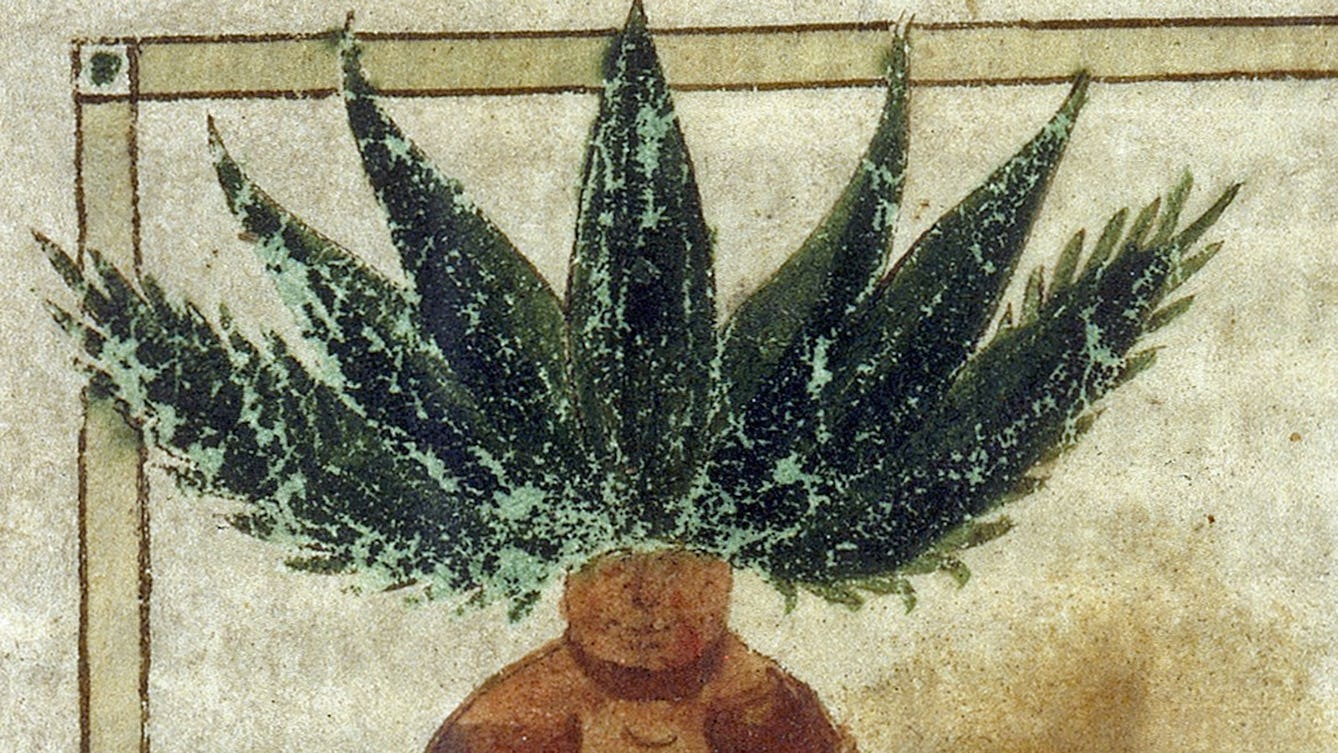Stories

- Article
Plant portraits
The beautiful and mysterious illustrations in medieval herbals convey a wealth of knowledge about the plants they portray.

- Article
Tracing the toxic story of tear gas
Investigating tear gas – from factory to Black Lives Matter protest – Imani Jacqueline Brown uncovers a toxic legacy where pollution, violence and racism are intimately entwined.

- Article
People against pollution
Alice Bell reflects on what happens when communities help solve environmental problems, and whether citizen science can help fight industrial pollution today.

- Article
Delusional recycling and the problem with plastic
Many of us are guilty of wishful thinking when it comes to our rubbish. Arianne Shahvisi exposes shaky recycling infrastructure and overseas dumping, arguing for an end to waste colonialism.
Catalogue
- Books
The toxic plants of Western Australia / by C.A. Gardner and H.W. Bennetts.
Gardner, Charles A. (Charles Austin)Date: 1956
- Books
- Online
Note on a toxic substance excreted by the roots of plants / by F. Fletcher.
Fletcher, Frank.Date: 1908- Books
The healing forest : medicinal and toxic plants of the northwest Amazonia / Richard Evans Schultes and Robert F. Raffauf ; foreword by H.R.H. Philip, Duke of Edinburgh.
Schultes, Richard Evans.Date: [1990], ©1990- Books
The coevolution of plants and humans : toxic, medicinal and nutritional aspects / Giovanni Aliotta and Mariagrazia Branca.
Aliotta, GiovanniDate: 1996- Books
Poisoning by drugs and chemicals, plants and animals : an index of toxic effects and their treatment / by Peter Cooper.
Cooper, Peter, 1917-Date: 1974









